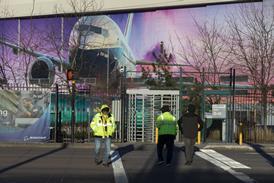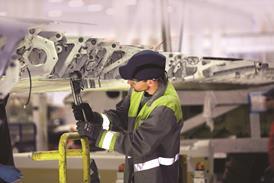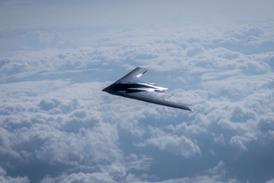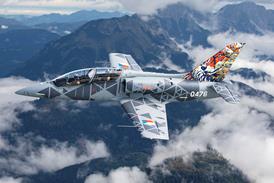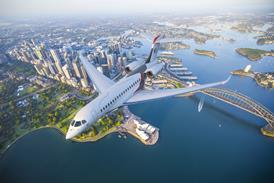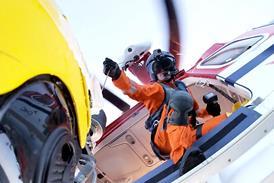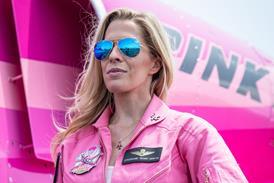Honeywell expects business jet operators will need 8,500 new jets in the next 10 years, reflecting what the company calls “normalising” and “stable” demand for business aircraft following the pandemic-era boom.
That is according to Honeywell’s 2024 Global Business Aviation Outlook, which predicts those 8,500 aircraft will be worth $280 billion over the period.
Released on 20 October, the report also shows that the used aircraft market is still “cooling” – not unexpected as the sector adjusts following a massive spike in turnover several year ago.
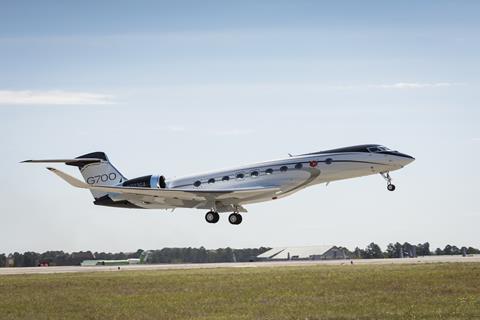
The report is based on a survey of aircraft operators and on market analyses.
“Following an influx of first-time business aviation users into the industry throughout the Covid-19 pandemic, combined with record levels of flight activity, the industry has begun to return to a more-stable growth environment at new elevated levels of production and flight activity,” Honeywell says. “Purchase plans indicate that demand for new aircraft is normalising at an elevated level, significantly above pre-pandemic figures.”
The company’s 2022 and 2023 surveys also pegged 10-year demand at 8,500 business jets. But its 2019 pre-pandemic survey estimated operators would need 7,600 new business jets over a decade.
“The business aviation industry is in a prolonged period of healthy growth, and we don’t see that positive trend changing any time soon,” says Heath Patrick, Honeywell’s president of Americas aftermarket. “Despite a mixed macroeconomic environment and challenging geopolitical circumstances, operators are optimistic about their flight activity increasing in 2025.”
Of the 8,500 new business jets Honeywell expects will be needed over ten years, one third will be large-cabin types, which will account for two-thirds of total estimated value, says Honeywell strategic planning manager Kevin Schwab. The survey reveals that aircraft performance and cost are the top factors driving new-aircraft demand.
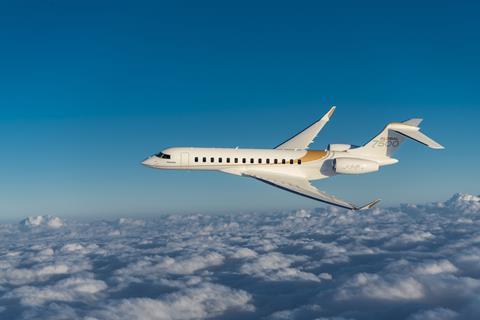
Despite lingering supply chain troubles and labour shortages, Schwab notes that business-jet manufacturers are increasing production rates and will continue doing so, helping “satisfy the huge demand” for business aircraft.
“We are expecting… a pretty good ramp up,” he adds. “We do think this acceleration [will] happen through 2025 and 2026.”
The Outlook predicts aircraft manufacturers will hike deliveries 12% year on year in 2025.
Aircraft makers shipped 322 business jets in the first half of this year, up 15% from 279 shipment in the same period of 2023, according to the most-recent shipment report from the General Aviation Manufacturers Association.
Operators surveyed by Honeywell expect within five years to purchase new business jets in numbers equivalent to 18% of the current fleet – in line with last year’s survey findings.
North American customers are expected to receive 66% of all business jets delivered within five years, European customers will likely take 13% and Latin American customers will take 10%, with Schwab citing “really strong flight activity” in Brazil. Asia-Pacific buyers will receive 7% of five-year deliveries, while customers in Africa and the Middle East will take 3% – down from 6% in last year’s survey, “likely due to conflicts in the region”, Honeywell says.
It expects 2025 flight activity will exceed 2024 levels and says “shared access models” to business aviation such as fractional-aircraft-ownership providers continue attracting new customers.
Honeywell says the “market for pre-owned aircraft is cooling”, after customers had been snapping up used aircraft at a record clip during the pandemic, resulting in “record low inventory levels in 2021 and 2022”.
Schwab says the number of for-sale pre-owned jets continues “steadily increasing”, and that, despite weaker demand, prices have remained fairly steady thanks partly to supply chain problems that have slowed production of new jets.
“The value of these planes are holding up pretty well,” he says of used business jets, adding that the used-jet market should return to a more-normal state within a few years as manufacturers overcome production troubles.
The survey also addressed sustainability issues. It found that 55% of operators reported using sustainable aviation fuel (SAF) and that cost and availability are top factors hindering broader use. Notably, more operators than expected reported concerns that SAF could hinder engine reliability, and expressed doubt about the actual emissions-reduction benefits of the fuel.
Schwab says those findings reveal an opportunity for industry to improve its communications about the benefits of SAF.

